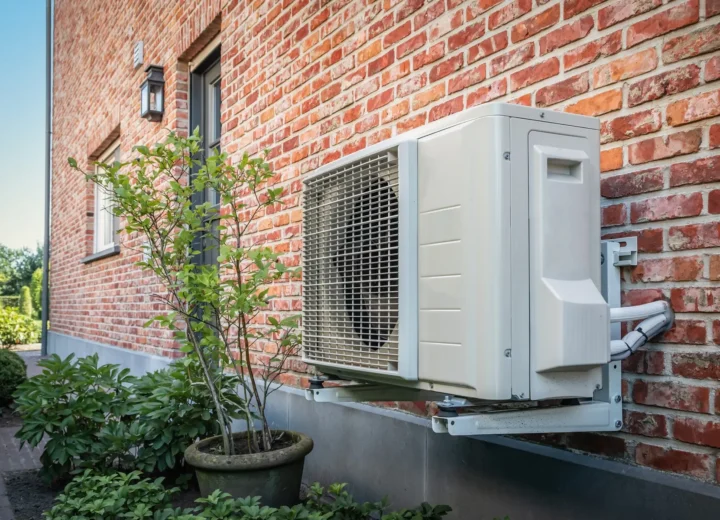An automatic balancing thermostatic radiator valve (TRV), or self-balancing thermostatic body, is a solution that combines control and balancing in one product. Let’s focus on this all-in-one radiator valve.
Thermostatic body: the alternative for necessary balancing
The thermostatic valve to reduce energy consumption
Many homes in Europe still have manual valves, which are not very energy-efficient. However, replacing them with thermostatic valves can reduce energy consumption by up to 20%. This alternative is therefore no less important and should be looked at more closely.
For a radiator with a thermostatic body to work properly, it must have the nominal flow rate for which it has been calculated. However, the architecture of the circuit, as well as the opening and closing of thermostatic valves, causes hydraulic imbalances that can disrupt this proper operation.
Thermostatic body: control and balancing
Balancing addresses potential operating problems by installing balancing valves. These allow the flow rate to be adjusted for each branch and/or emitter of the system in order to deliver the required heating output.
For it to work properly, this balancing must be effective in the static regime but also in the dynamic regime.
There are several ways to implement balancing of a circuit during temperature control, depending on the objectives and the architecture of the circuit in the building:
- vertical or horizontal networks,
- size of the system,
- functions of the circulator or pump.
The choice of balancing valves, their location in the circuit and their adjustment directly influence the result obtained. As a result, balancing can be seen as a complex exercise.

The self-balancing thermostatic body
A solution for imbalances in a heating circuit
A new solution has appeared on the market that simplifies or even eliminates the implementation of balancing for medium-sized systems. It involves moving the flow control function to the thermostatic body. This is the essence of the self-balancing thermostatic body.
Self-balancing valves are suitable for medium-sized circuits (about 20 homes per pump). For larger circuits, localised balancing at individual branches – coupled with the use of fixed or variable Kv thermostatic bodies – is recommended and less expensive. Finally, for small buildings, the benefits of a self-balancing thermostatic body are limited due to its cost.
How does this all-in-one product work?
The self-balancing thermostatic body allows the flow rate to be adjusted at the point of use to suit the output of the radiator, irrespective of the operating mode of the other radiators.
Repeated on all the radiators in the circuit, this adjustment allows the whole system to be balanced. Consequently:
- each radiator will have the flow rate required for proper operation to ensure optimal comfort;
- the flow rates will not exceed the nominal flow rates, thus ensuring less noise pollution;
- the room temperature will be more precisely controlled for greater comfort and energy savings;
- maintenance work, if any, is carried out directly on the radiator.

Aalberts hydronic flow control self-balancing thermostatic bodies
Despite the importance of balancing requirements, self-balancing solutions for radiators with integrated valves are rather rare on the market. That is why Aalberts hydronic flow control offers a range of modules specifically designed for radiators with integrated valves.
With its AutoSar Comap range , Aalberts hydronic flow control has developed solutions for all radiators to prevent heat loss and thermal discomfort for users.
Here are some of the AutoSar self-balancing solutions for different types of radiators:
- For the standard radiator: Aalberts HFC offers the AutoSar self-balancing thermostatic valve. This type of thermostatic body allows precise temperature control and reduced energy consumption;
- For radiators with integrated fittings, several solutions are available: the AutoSar Mod hydraulic module, which regulates the flow of hot water and insulates the radiator, and the AutoSar Thermod Design thermostatic valve with central connection which allows temperature control and is perfectly suited for bathroom radiators, for example.
COMAP also provides for modules used in the collective or tertiary sector with its AutoSar self-balancing hydro-wired kit, which is perfectly suited to site installations.
For a large number of projects, both in new builds and renovation, the self-balancing thermostatic body is the solution of choice. The installer saves installation and adjustment time by focusing on this all-in-one product.





